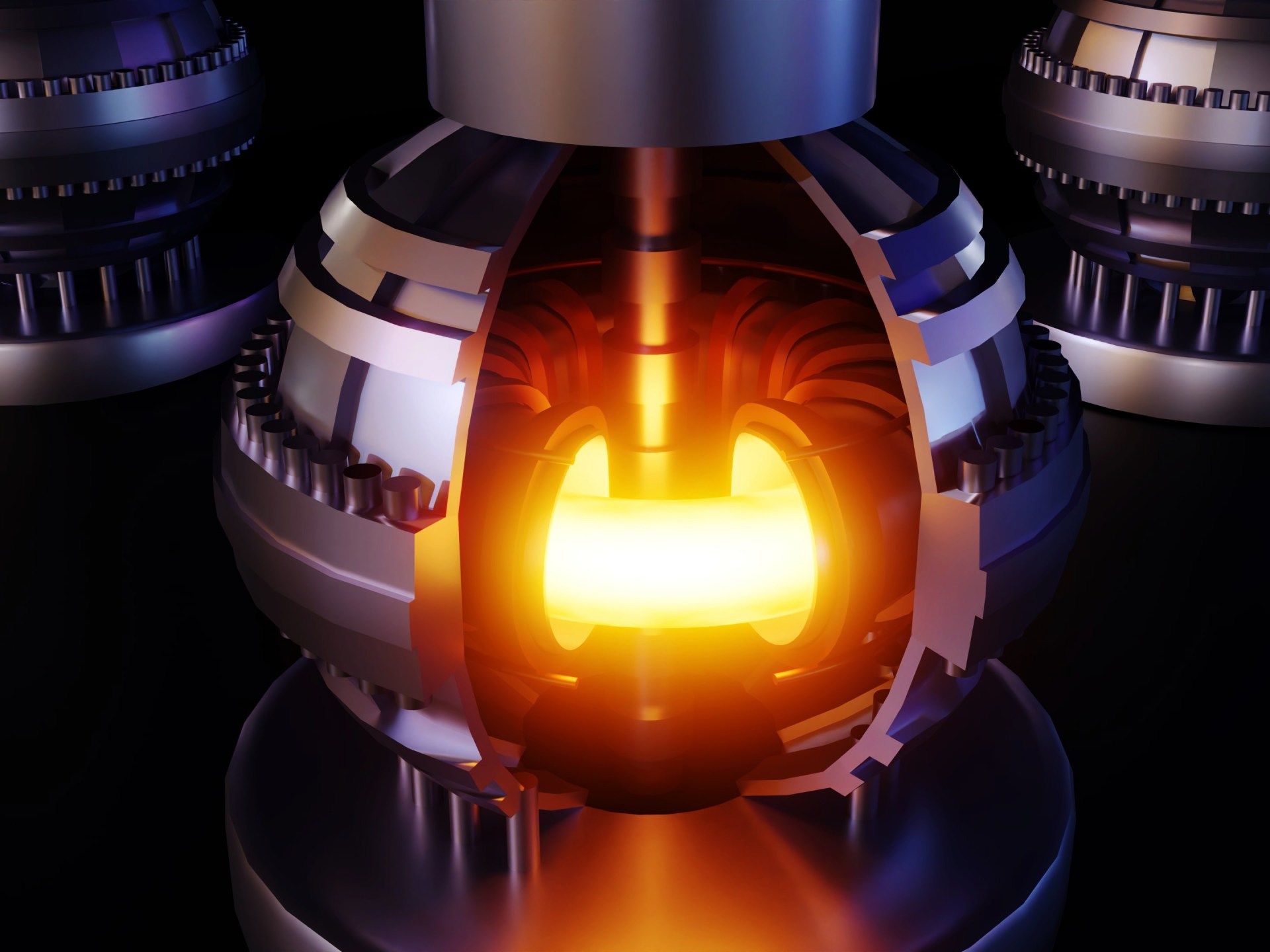More than 70 years ago, work began on simulating nuclear fusion processes such as those that occur in stars (Getty)
In the process of working on creating an artificial sun, scientists from South Korea announced that they were able to achieve a new achievement by reaching 100 million degrees Celsius for 48 seconds by heating the plasma that makes up the artificial body.
This achievement exceeds the previous record achieved by the Korean “Tokamak” reactor of 31 seconds, recorded in 2021. This slight improvement, although small, indicates a promising future and a model solution for clean energy around the world.
Work began more than 70 years ago to simulate nuclear fusion processes such as those that occur in stars, by fusing hydrogen atoms together to produce helium under very high pressure and temperatures.
What scientists realize is that stars generate huge amounts of energy without any emissions of greenhouse gases or production of radioactive waste in the long term, which is an ideal solution in light of the worsening problem of global warming and the depletion of energy sources over time. At the same time, scientists realize how difficult it is to create a stellar environment. on the surface of the ground.
Maintaining the stability of turbulent plasma for long periods to facilitate nuclear fusion processes remains a very difficult challenge (Getty)
Researchers in the Tokamak reactor are conducting intensive operations to significantly raise the temperature of the plasma. Plasma is one of the states of matter, as matter contains positive ions and negatively charged free electrons. Scientists collect this plasma in the reactor chamber after it is confined within a spherical mold using strong magnetic fields.
However, maintaining the stability of turbulent plasma for long periods to facilitate nuclear fusion processes remains a very difficult challenge, and the matter becomes more difficult when it is necessary to raise plasma temperatures to the levels required for nuclear fusion processes to begin. The required temperature level is much higher than that found in the stellar core, necessitating innovative methods and techniques to prevent plasma burning in the reactor. These techniques usually involve the use of lasers or magnetic fields.
To reach a long time for the experiment, scientists in the tokamak reactor decided to replace carbon with “tungsten” in the transformers, which is the element responsible for extracting heat and byproducts from the reactor, and this modification contributed to exceeding previous records.
Si Woo-yeon, director of the Tokamak Research Center, expressed his confidence in achieving further progress, with plans to maintain high temperatures for a period of up to 300 seconds by 2026.
Yoon adds that this achievement is in addition to the achievements of nuclear fusion reactors around the world, including the National Ignition Facility (NIF) in America, which has drawn attention to its energy production reaching unprecedented levels.
Source: Al Jazeera + websites

